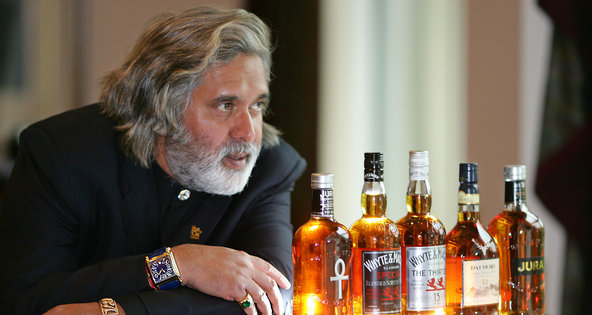The financial report provided a mix of positive and worrying news, leaving some analysts without a clear picture of the once powerful, but now struggling, company’s long-term future.
“It is encouraging that they’ve stabilized the company and they’re not bleeding to death,” said Edward Snyder, an analyst with Charter Equity Research. “But they still have a long ways to go.”
The annual loss, which was reduced from an operating loss of $1.2 billion because of tax benefits, compared with net earnings of $1.16 billion a year earlier.
In the latest quarter, the fourth of the 2013 fiscal year, which ended March 2, the company lost $18 million from operations. But the recovery of income taxes transformed that into a profit of $98 million, or 19 cents a share.
BlackBerry has struggled with declining sales, and that trend continued. Revenue in the latest quarter was $2.67 billion, compared with $2.72 billion in the same period a year ago. Annual revenue fell to $11 billion, from $18.4 billion a year earlier.
For about one month of the quarter, the first of the company’s new phones, the BlackBerry Z10, was on sale in Canada, Britain and some other markets, but not the United States. BlackBerry said that it shipped about a million of the handsets during that time, which was in line with several analysts’ estimates.
“It has not been easy, but the BlackBerry team is delivering,” Thorsten Heins, the chief executive, told analysts in a conference call.
In contrast with many new handsets from other companies, however, the BlackBerry Z10 has been far from a sellout.
Mr. Heins said that since its introduction, only about two-thirds to three-quarters of the touch-screen-based Z10s that were shipped were ultimately sold at retail.
Shaw Wu, an analyst with Sterne Agee, said the sales data suggested that “The BlackBerry Z10 is not firing on all cylinders.”
He said the slower sales may have been a result of current BlackBerry owners awaiting the release in April of the Q10, another high-end phone with a touch screen and a physical keyboard — the keyboard long being a hallmark of the brand.
Mr. Heins said that another new phone using the BlackBerry 10 operating system, with a lower price than the Z10 and Q10, would be released this year. For ATT subscribers in the United States, the Z10 costs $200 with a two-year contract or $550 without a contract.
BlackBerry reported having 76 million subscribers worldwide at the end of the period, a loss of about three million. Until the third quarter of the fiscal year, BlackBerry had consistently gained subscribers.
In an unanticipated move, the company also announced that Mike Lazaridis, one of its co-founders, would retire and cut all formal ties to BlackBerry in May.
In an interview, Mr. Lazaridis said that the company’s directors initially opposed his proposal in January 2012 that he and Jim Balsillie step down as co-chairmen and co-chief executives in favor of Mr. Heins as the top executive. The two men were widely criticized at the time for not responding more rapidly to competition from Apple’s iPhone and phones using Google’s Android operating system.
Mr. Lazaridis said he agreed to remain vice chairman until the introduction of BlackBerry 10. Mr. Lazaridis said that in the last year, he guided BlackBerry on the product introduction, and helped Mr. Heins with longer-term plans.
“Having fulfilled the commitment I made, it’s time to move onto my next adventure,” Mr. Lazaridis said. Last week, he announced plans to start an investment fund focused on companies working on computers based on principles from quantum physics.
Mr. Heins said that he expected BlackBerry, formerly Research in Motion, to break even in the current quarter despite doubling its spending on marketing to promote the Z10.
ATT became the first American carrier to offer the new phone last week. But visits to several wireless stores on Wednesday found striking differences in sales support for the product that BlackBerry, which is based in Waterloo, Ontario, hopes will revive its diminished fortunes.
At several locations, including an ATT store on Fifth Avenue in New York and another near Union Square in San Francisco, the Z10 was lumped in with other phones, some two years old, while signs and promotional material were absent. But at an ATT store in New York’s busy Union Square, the Z10 was heavily promoted. A salesman who identified himself as a BlackBerry specialist gave a thorough demonstration of the device, including its ability to switch between corporate and personal apps.
The unevenness of presentation was also apparent at T-Mobile USA stores, which this week began selling the Z10, as well as the Apple iPhone 5 and Samsung Galaxy S 4, for $100 down and 24 monthly payments of $20. Verizon Wireless, which has a long association with BlackBerry, began selling the Z10 on Thursday and prominently featured the device on its home page.
Brian X. Chen contributed reporting from New York and Quentin Hardy from San Francisco.
Article source: http://www.nytimes.com/2013/03/29/technology/a-profit-though-slim-for-blackberry.html?partner=rss&emc=rss
